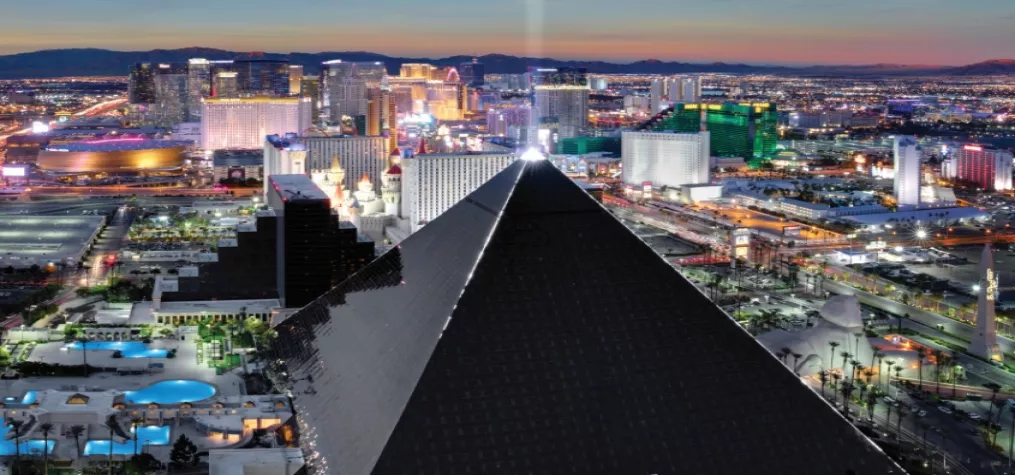During our recently held “Social Media for Trade Show Promotions” webinar, we asked attendees a polling question about whether (or not) they were using social media to promote their company’s presence at the events in which they exhibit. The results were a little surprising to me.
Of the 223 attendees that answered the poll, only 35 (16%) said that they were active and getting good results for their efforts, and 89 attendees (or 40% of those that voted) said that they had “little to show for it.” Then I thought: what constitutes “good” results? And how are they measuring their results? Is it by the number of leads and sales you collected at the trade show (conversion or revenue metrics)? Or, is it the number of likes, shares, comments or new followers (engagement metrics)? Maybe it’s as simple as views or impressions you get for your campaign (amplification metrics)?
And if you are measuring tangible statistics, what are you comparing your results to? Is there a benchmark? Are you measuring it against other social media campaigns? Does your company attend multiple trade shows and you measure your results show by show? Are you only considering the results “good” if you see a windfall of positive feedback once and anything less of that one big campaign is a failure?
Tracking results these days can be as simple as using your Google Analytics account or a social media scheduling software that includes analytics. Here is how we do it:
Google Analytics
When we set-up most of our social media campaigns, we want the redirect links in our posts or tweets to go to our website or microsite, which have our Google Analytics tracker code embedded in them so we can measure behavior of our visitors (number of page views, average time on the page, entrances, bounce rates and page value based on any conversions), our audience (including demographics, their location and devices they use to access our site) and acquisition data (including whether the traffic came through an organic search, pay per click ads or social media channels).
We usually set up a special webpage or microsite with the tracking code embedded and redirect all associated social media traffic on our posts to that source. This way we can see traffic that only comes from these sources (if there is any traffic from other sources, we can see that data in Google Analytics). Because we have been using this method for the last five years, we have great benchmarks to compare current campaigns to and determine whether or not they are effective (or “good”).
Social Media Scheduling/ Analytical Tools
Skyline uses a couple of great tools to help measure our social media efforts. For Facebook, Twitter, LinkedIn and Pinterest we use Hootsuite. We also use this software to pre-schedule our trade show related campaigns (these are based on pre-show planning and creating the content weeks before the event has even started). The analytics on this site are great and give us up-to-date statistics on how our posts faired. The reports are easy to generate and you can choose your date range. They also have an easy-to-use dashboard that allows you to view any associated posts, likes, retweets or comments about your presence at an event, especially if you have a unique hashtag for your campaign.
We also use Later.com for our Instagram social media efforts (you can also use this for Facebook, Twitter and Pinterest). Besides being able to pre-schedule your Insta posts and stories, they have outstanding analytics that allow you to see how many followers you’ve gained, impressions, reaches, profile views, website clicks, best-performing posts and my favorite: Linkin.bio clicks (this is a redirect link in your Instagram bio that goes to a page set-up by Later.com that allows visitors to view your website, microsite or a blog post… anything you reference as “click link in bio” in your post descriptions). This is especially important to companies that don’t have the required 10,000 followers on Instagram that allows you to “swipe up” for quick redirects.
And don’t forget that most of these social media channels have their own analytical tools that allow you to export statistics right from your profile. Facebook has a great analytics page and Twitter analytics go back for only six months, so that can be a problem for benchmarking long term. LinkedIn analytics for your company’s page can be exported easily and includes visitor demographics, as well as the usual statistics like engagement by post, likes, comments and followers. And don’t forget YouTube! This analytics page features views, subscriber updates, watch times (averages, top videos, etc.), impressions (remember, YouTube is the second largest search engine in the world), traffic source types (which is great if you have a YouTube video on your trade show microsite). And you can search all the way back to when you first set-up your YouTube account.
Your main objective should be clear: get your promotional posts in front of your followers, get them interested enough to click a redirect link and drive those followers to your campaign’s website or microsite. Once you get them there, have them complete an online form to win a prize, meet with your staff for a one-on-one consultation or watch a free demonstration of your product in the booth.
And if you are like the 45% of our survey respondents who have done little, not started to measure their social media results or haven’t even given it thought, now is the time to get the ball rolling! Request our “Using Promotions & Social Media to Get More Trade Show Visitors” white paper today.
Don’t miss any event-related news: Sign up for our weekly e-newsletter HERE and engage with us on Twitter, Facebook, LinkedIn and Instagram!



Add new comment